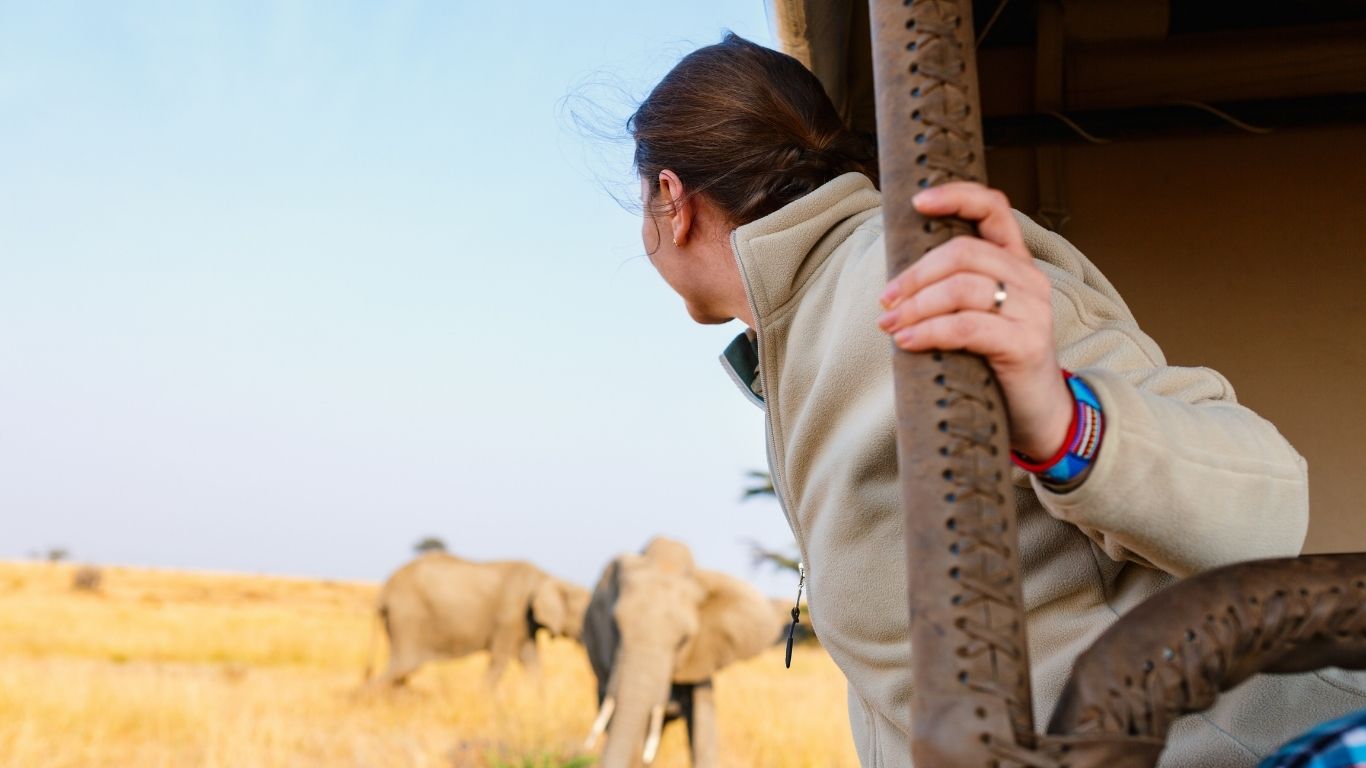
Wildlife travel is one of the most enriching and awe-inspiring forms of tourism. Whether it’s tracking tigers in the jungles of India, watching elephants in African savannas, or birdwatching in the wetlands of Asia, encounters with wild animals in their natural habitats can be life-changing. However, with this privilege comes a responsibility: to ensure that our presence does not harm the very wildlife we admire. Responsible wildlife travel is about making ethical choices, supporting conservation, and leaving behind a positive impact.
Understanding Responsible Wildlife Travel
At its core, responsible wildlife travel means observing and enjoying wildlife in ways that prioritize animal welfare, ecosystem protection, and community engagement. It involves:
- Minimizing human interference with natural behavior
- Supporting ethical tourism operators
- Respecting protected areas and guidelines
- Educating oneself about species and habitats
The Do’s of Responsible Wildlife Travel
1. Do Choose Ethical Tour Operators
Select operators or lodges that follow best practices in sustainability. Look for certifications, eco-tourism affiliations, and transparent conservation policies. Ethical operators:
- Limit group sizes to reduce noise and disturbance
- Follow strict codes of conduct in protected areas
- Employ local guides and naturalists
2. Do Keep a Safe and Respectful Distance
Use binoculars or zoom lenses rather than approaching wildlife too closely. A safe distance:
- Prevents animals from becoming stressed or aggressive
- Allows observation of natural behaviors
- Ensures your own safety
3. Do Stay on Designated Trails and Routes
Protected areas are carefully zoned to balance conservation with visitor access. Staying on official paths helps:
- Avoid trampling sensitive vegetation
- Reduce erosion and habitat damage
- Minimize disruption to wildlife movement
4. Do Learn Before You Go
Understanding the behavior, habitat, and conservation status of animals you hope to see enhances the experience. Do your homework by:
- Reading books or watching documentaries
- Attending pre-tour briefings or naturalist talks
- Supporting wildlife education centers and conservation NGOs
5. Do Support Local Communities
Wildlife tourism should benefit not only conservation but also nearby communities. You can help by:
- Buying handicrafts or food from local vendors
- Staying in community-run lodges or eco-stays
- Hiring local guides and drivers
6. Do Take Only Pictures, Leave Only Footprints
Photographs are the best souvenirs. Refrain from collecting feathers, shells, bones, or plants. Carry reusable water bottles and bags, and ensure you leave no litter behind.
7. Do Speak Up When You See Unethical Practices
If you witness guides feeding animals, off-roading in restricted areas, or tourists harassing wildlife, report it. Feedback to tour companies, national park authorities, or responsible travel platforms can lead to better enforcement and awareness.
The Don’ts of Responsible Wildlife Travel
1. Don’t Feed Wild Animals
Feeding alters animals’ natural foraging behaviors, makes them dependent on humans, and can result in aggressive behavior. It also exposes them to unhealthy or harmful foods.
2. Don’t Make Loud Noises or Sudden Movements
Wild animals are sensitive to human activity. Loud talking, shouting, or sudden gestures can:
- Startle or scare animals
- Disrupt mating, feeding, or parenting behaviors
- Cause stress and unnecessary energy expenditure
3. Don’t Use Flash Photography
Flash can disturb animals, especially nocturnal species. It can:
- Disorient or temporarily blind animals
- Affect nesting birds and young mammals
- Result in aggressive reactions from some species
4. Don’t Touch or Attempt to Handle Wildlife
Whether it’s a snake, bird, or baby animal, do not try to touch or hold wild creatures. Even seemingly tame animals are not domesticated, and contact can:
- Transfer diseases between humans and animals
- Stress or injure the animal
- Be dangerous to you
5. Don’t Visit Facilities That Exploit Animals
Avoid places that offer elephant rides, tiger selfies, or dancing monkey shows. These operations often involve cruel training methods and poor living conditions. Instead, support sanctuaries and rehabilitation centers that prioritize animal welfare.
6. Don’t Litter or Leave Food Waste Behind
Even biodegradable waste can disrupt ecosystems and attract animals to human areas. Carry all waste out with you, and dispose of it responsibly.
7. Don’t Go Off-Road in Protected Areas Without Permission
Unauthorized off-roading damages fragile habitats and disturbs wildlife. Stick to marked paths and routes approved by forest departments or guides.
Responsible wildlife travel is not just a personal choice, it’s an ethical imperative. As tourists, we have the power to influence how wildlife tourism is shaped and perceived. By making informed decisions and adhering to responsible practices, we ensure that future generations can continue to witness the majestic beauty of wild animals in their natural environments.
The forests, deserts, rivers, and mountains we explore are more than backdrops for our adventures. They are living ecosystems, home to intricate webs of life. Let our presence in these places be thoughtful, respectful, and deeply aware.


